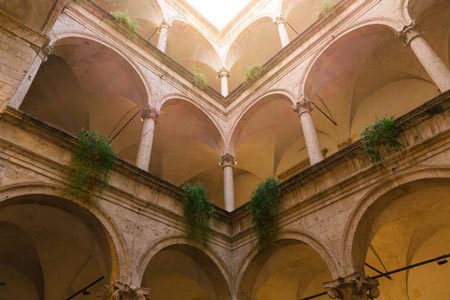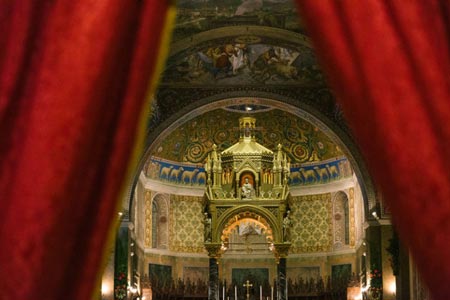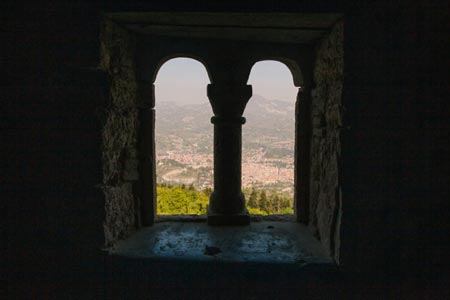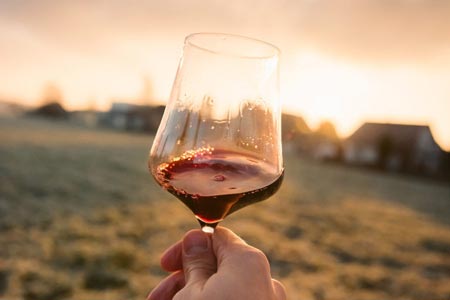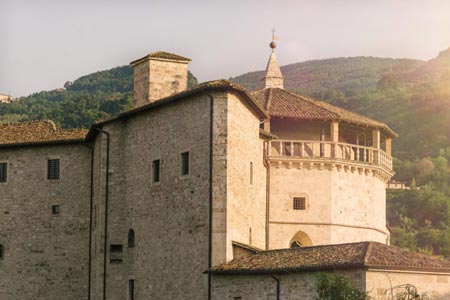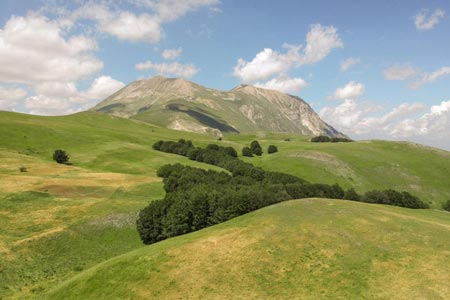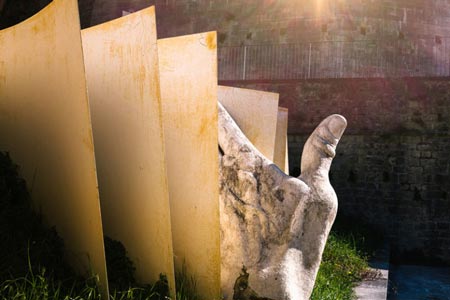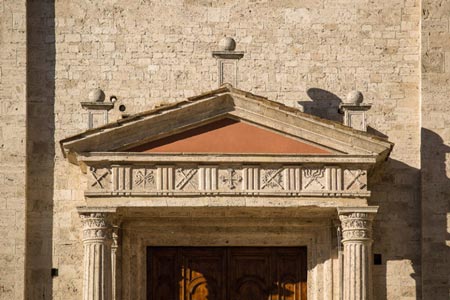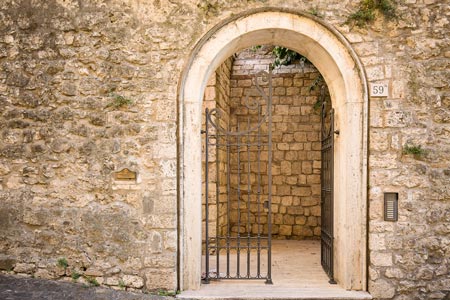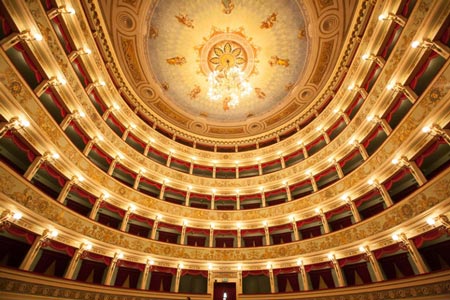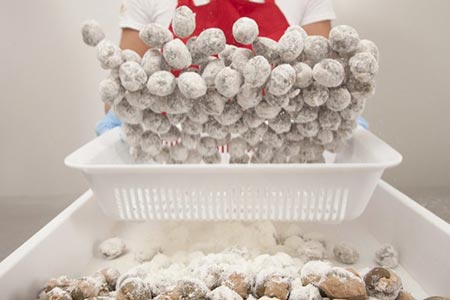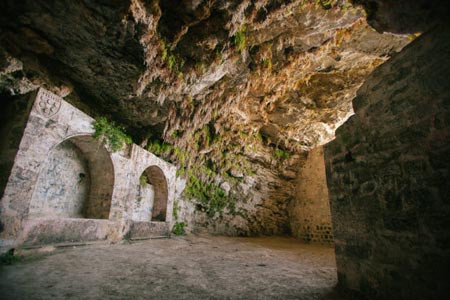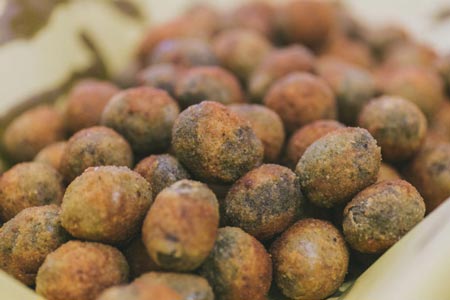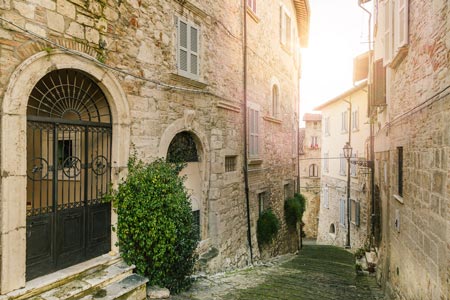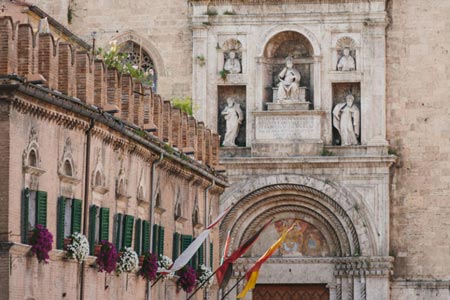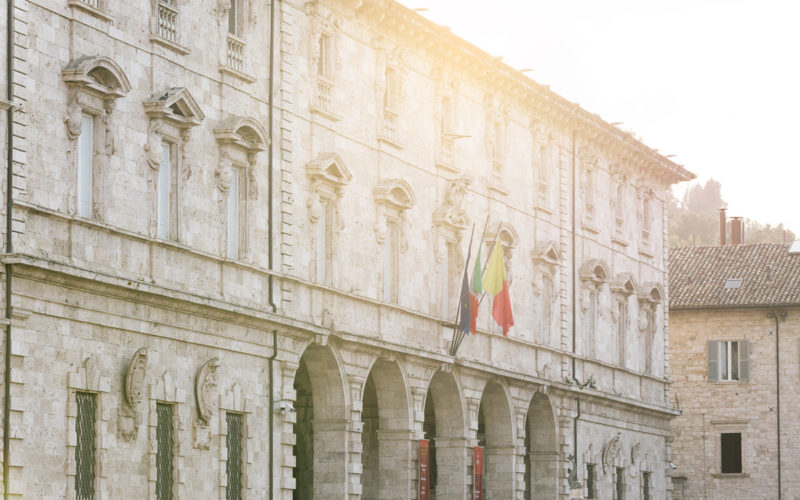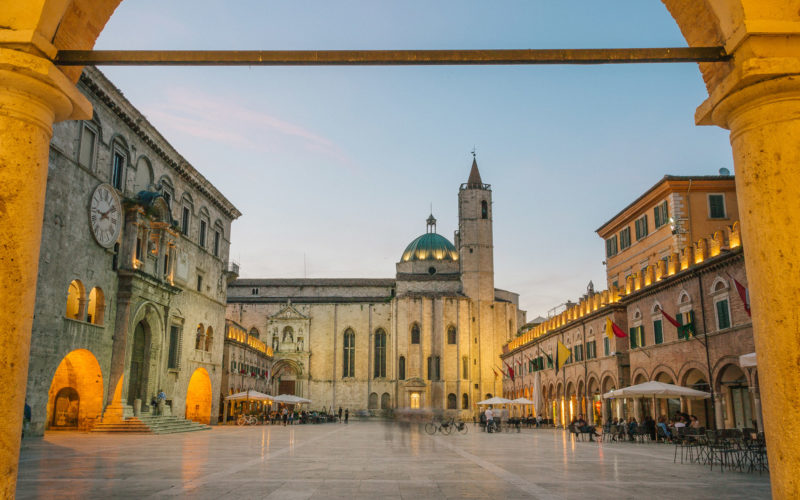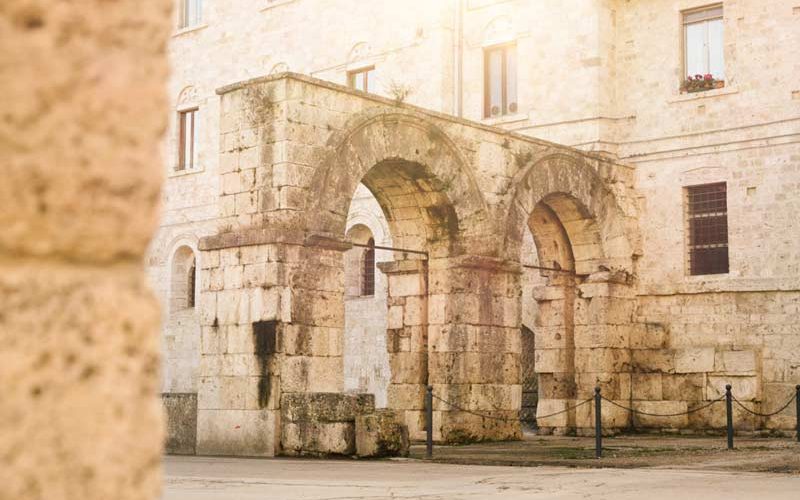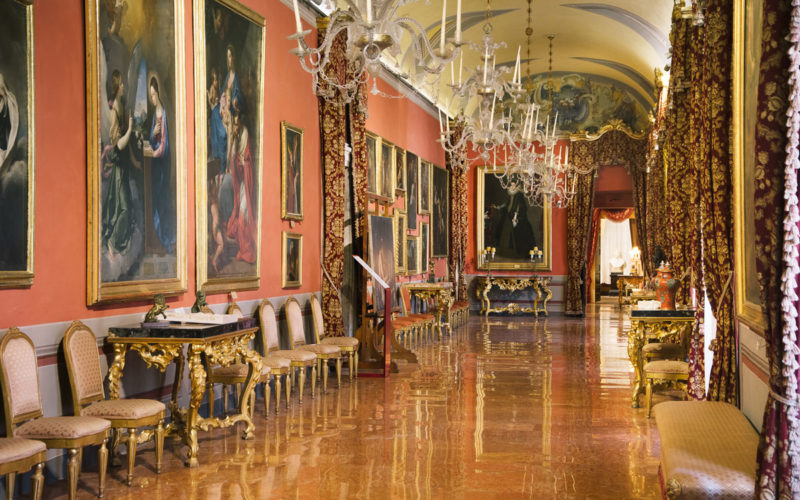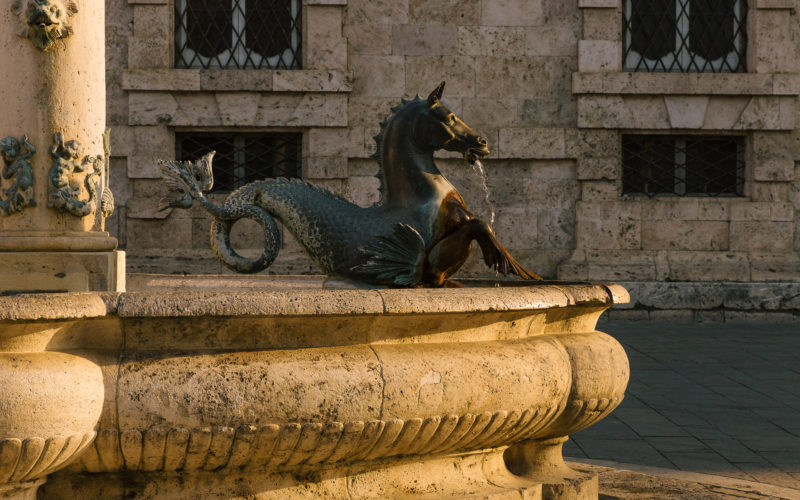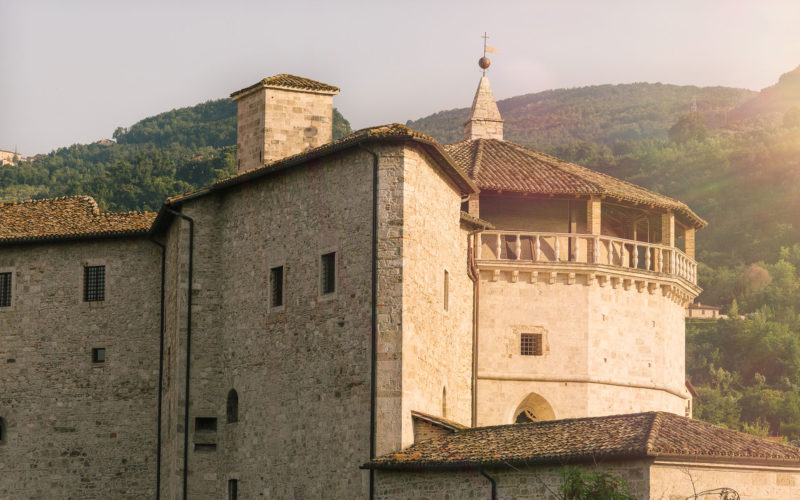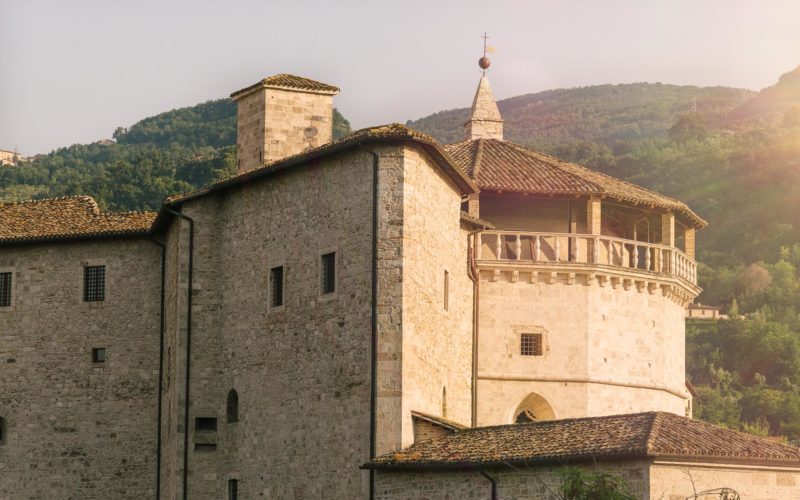Sculptures, roads and towers : since the Middle Ages travertine has been more than a simple rock for the Piceni, but rather a valuable resource.
Ascoli Piceno‘s travertine represents the main building material in the whole Piceno zone. If you are wandering in the city, either a foot or by bicycle, it becomes impossible not to encounter buildings constructed with this visibly porous but resistant whitish stone.
With travertine, the greatest part of Ascoli’s urban structures were built, from the simple houses to luxurious mansions, from palaces to the most important churches. Furthermore, let’s not forget the use of travertine as flooring for the main squares, such as Piazza del Popolo. This stone, for centuries, has constituted the true building material of the city, embellishing its architecture and characterizing its aspect.
The strong boundaries, the towers, the bridges, the temples and many other monuments are admirably preserved, despite the many centuries that passed between the Roman Era and today. Travertine is therefore a stone of rich history and an economic resource for a whole city that, between the fifties and the eighties, made its extraction a real industry. Let’s just think that between Ascoli and Acquasanta, after the war, there were around 60 caves, of which 13 only in the zone of San Marco. Other than resource for local housebuilding, Ascoli Piceno‘s travertine was also exported in different regions of Italy and also abroad.
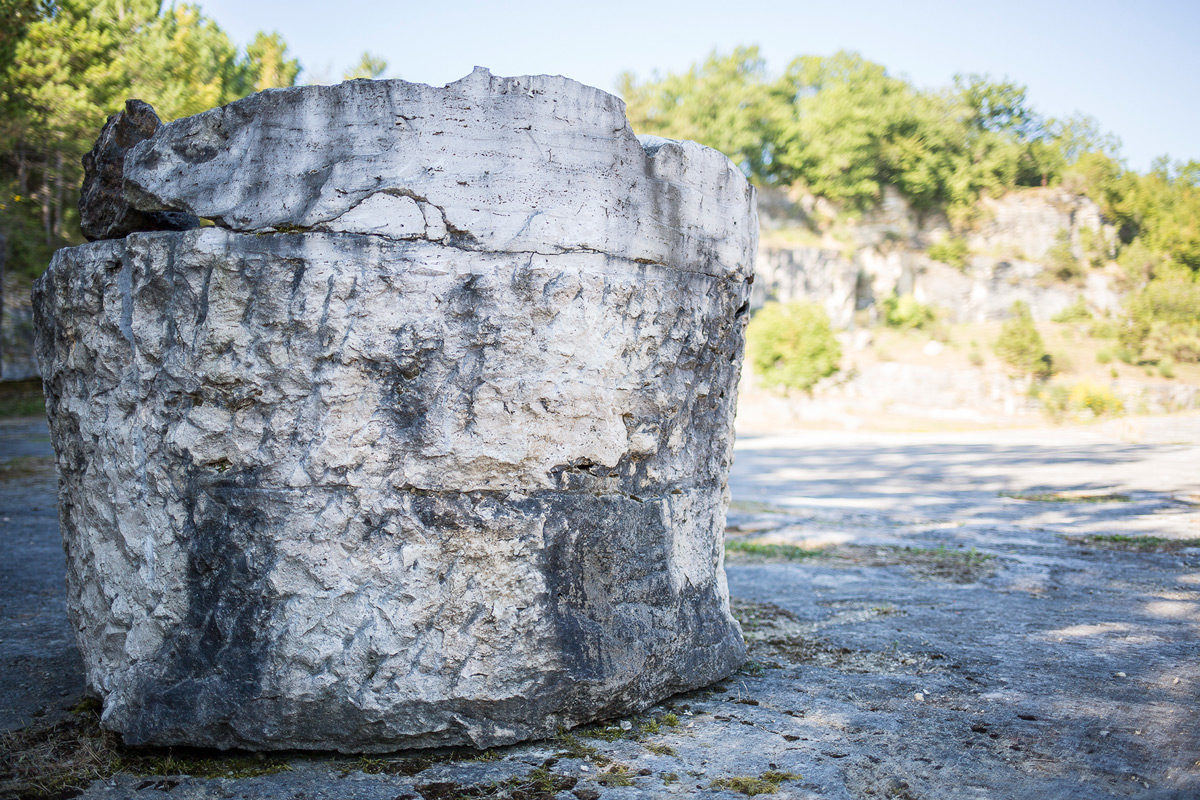
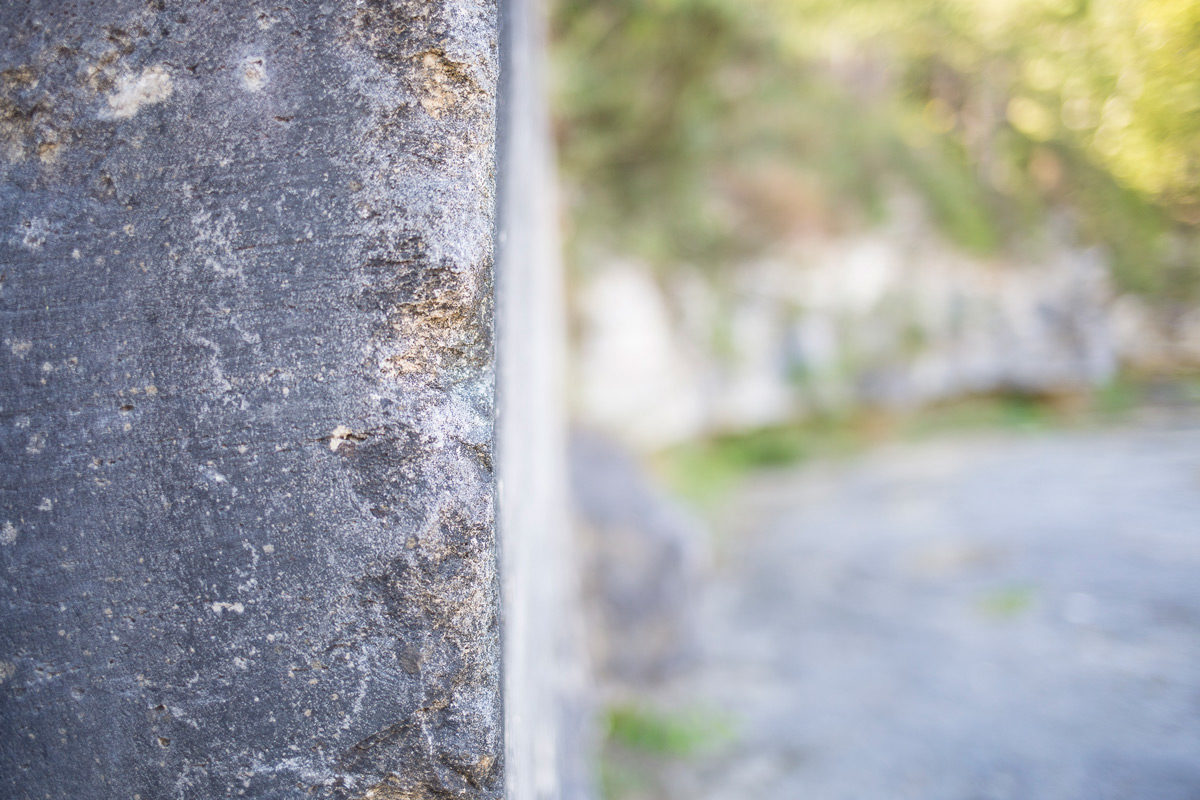
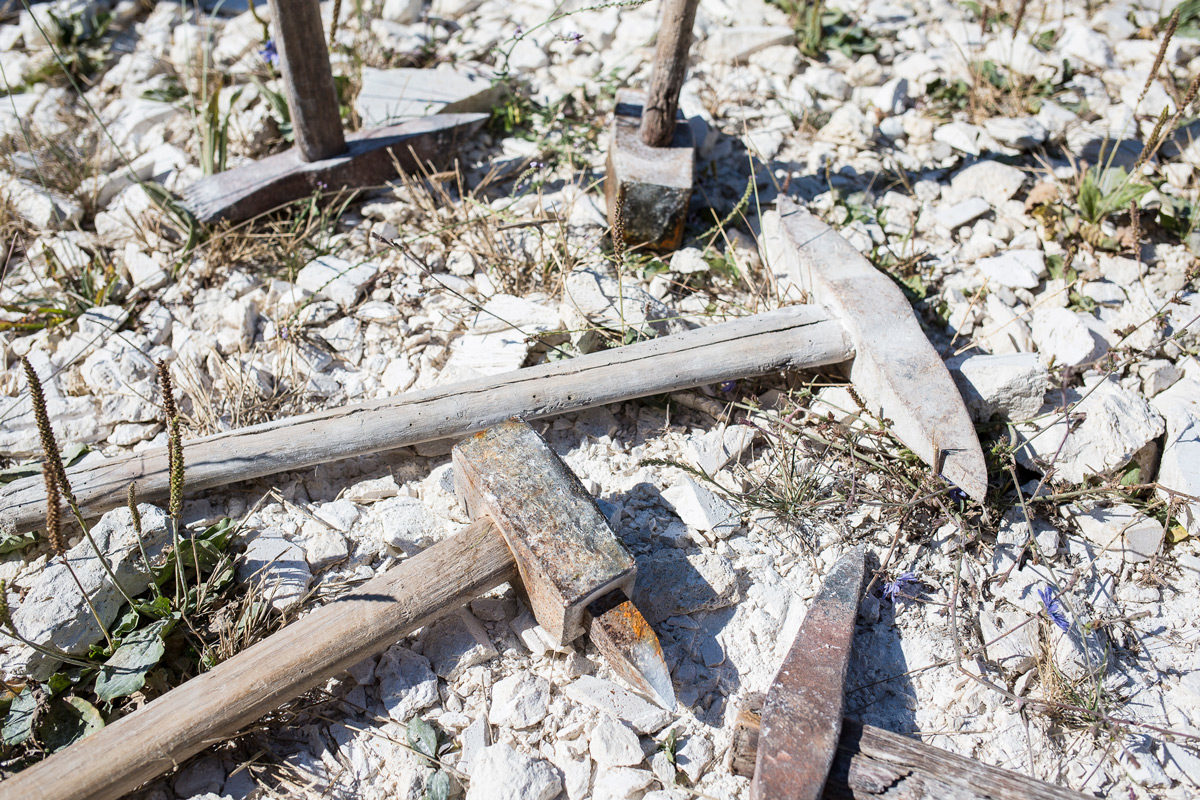
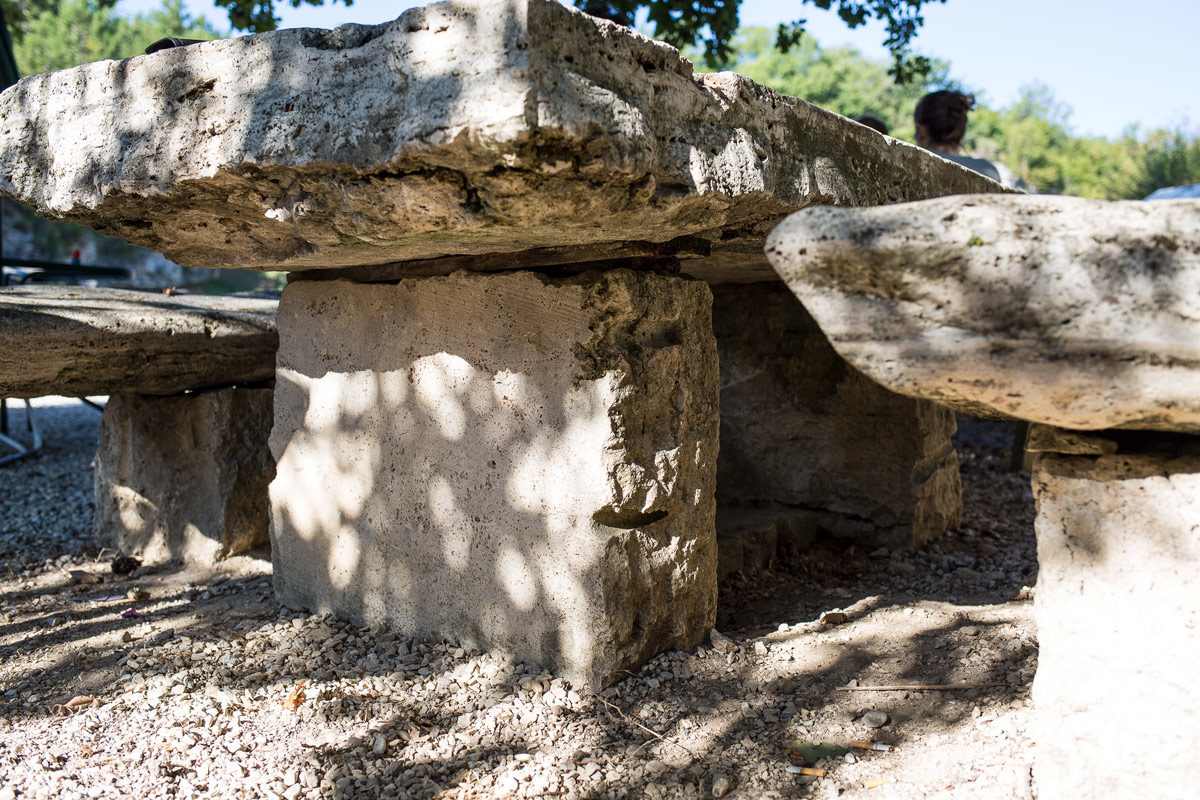
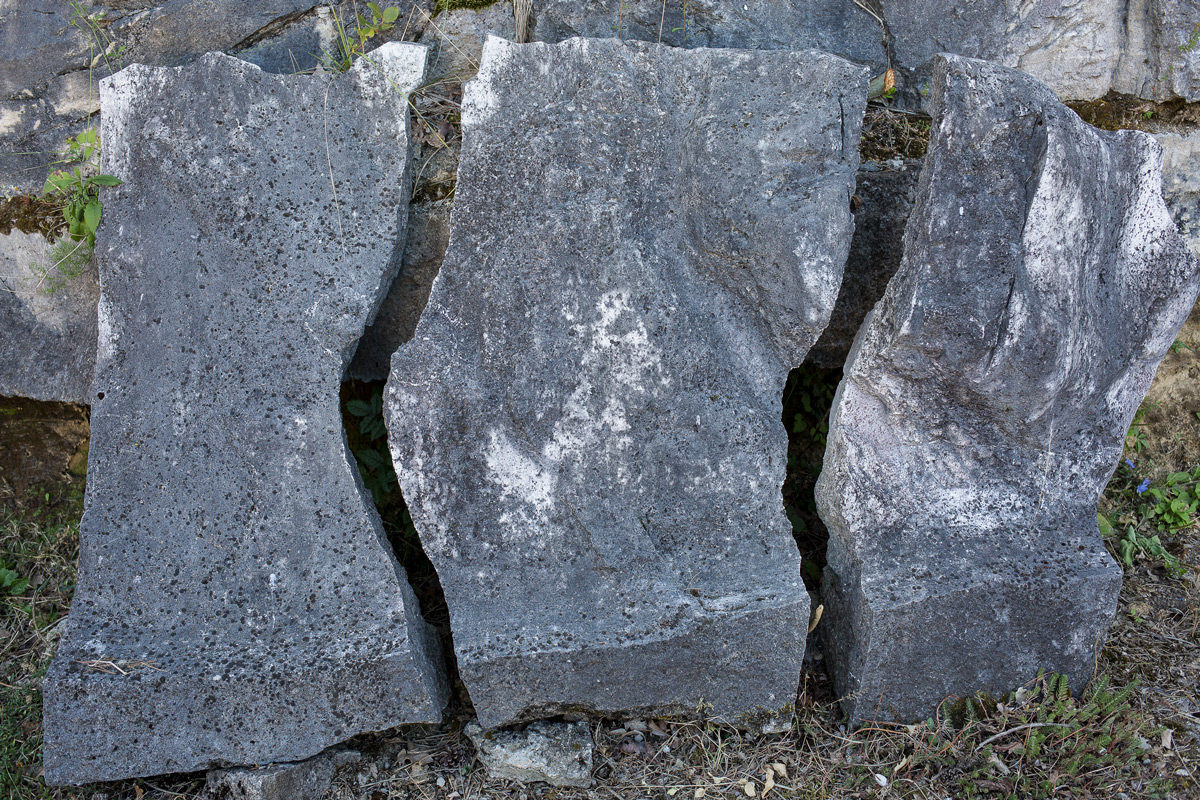
For a long time Ascoli Piceno’s region has been rich of travertine, a sedimentary rock of chemical origin essentially made of calcium carbonate, transported by the river. Travertine is a stone that is born in the depths, interacts with the outside, it deposits itself above other rocks that then englobe it. The sedimentation process of travertine is in fact the consequence of a chemical reaction that is established between calcium ions, hydrogen carbonate, solid calcium carbonate and gaseous carbon dioxide.
Like the zones of Monte Rosara, Castel Trosino and Acquasanta Terme, the zone of San Marco is ,due to its conformation, a natural deposit of travertine. This last is structured in layers that, beginning from Vena Rossa, follow up towards north up to the layers ,at 550 meters above sea level, of Colle San Marco, defining the typical morphology of the superior surface of the plain.
Only 10 km away from the city and in less than 20 minutes long by car, the caves of travertine of Colle San Marco are still perfectly visible. Here, starting from the fifties, the first attempts of perforation of the rock were made, starting from the layers of Piagge. The quality of this travertine slightly varies in grain and chromatic tones in comparison to that of Acquasanta, that looks whiter and smoother. Ascoli Piceno‘s travertine presents itself with a common base of ivory color that, with the years passing, assumes the aspect that we can admire on the monuments of the historical center today.
Over the years the methodologies of extraction of the travertine changed. They have facilitated the effort men had to put into the extraction as evolution and technological progress went on. At first, there was the “Semovente” , then a winch with steel threads, then explosives, then the “filo leicoidale” that, thanks to the addition of sand, succeeded in making clean cuts in the rock. Nowadays, the recent electric single-bladed cutting machines are being used.
Travertine has never been a stone of easy workmanship, yet artisans and artists of all the epochs managed to make precious decorative elements out of it – mainly in the Reinassance – thanks to tools like the picchetto, the mazzuolo and the graffione. For representing such an important art in the city, those who refined travertine and those who sculpted using it in Ascoli were called “Magistri de preda”
The long tradition of the travertine still continues today in Ascoli in the now rare shops and thanks to the choice of the local sculptors, aware of the uniqueness of this work passed on from father to child.
